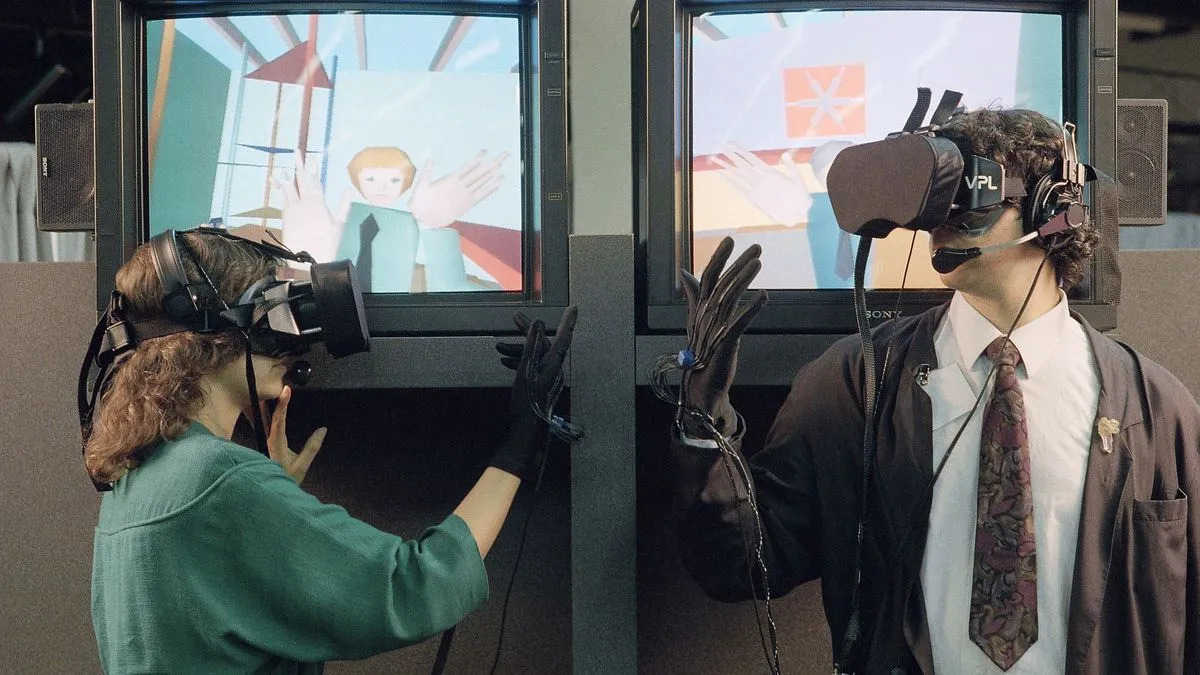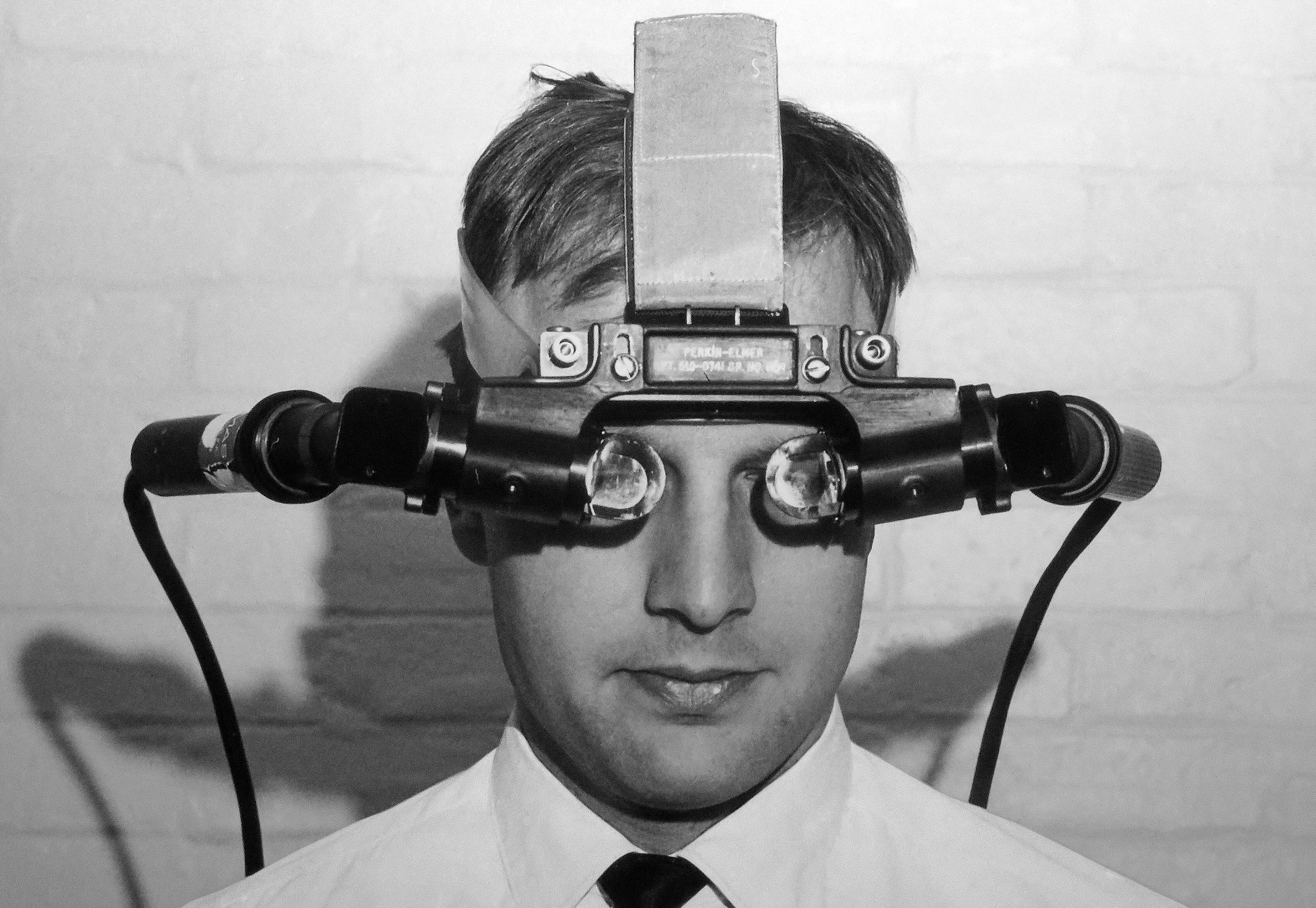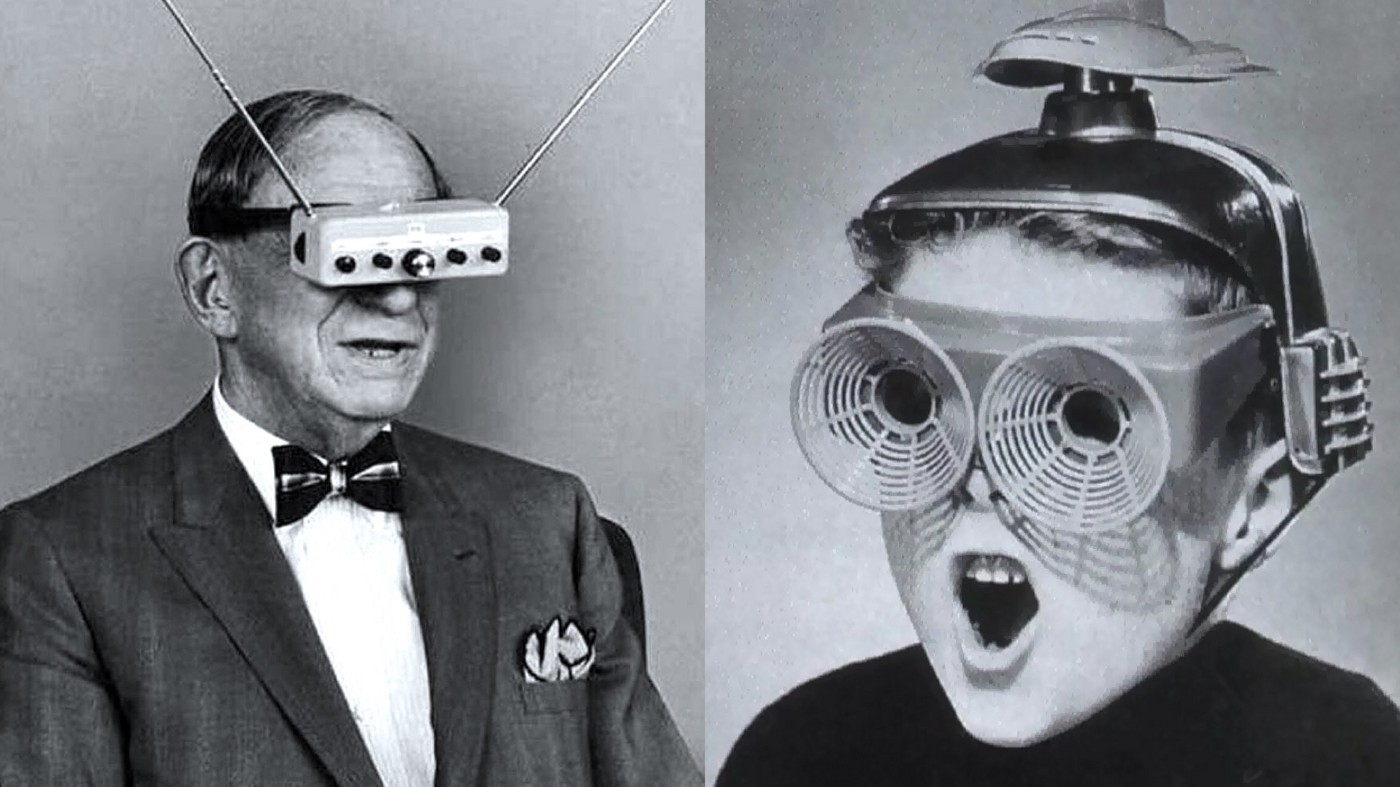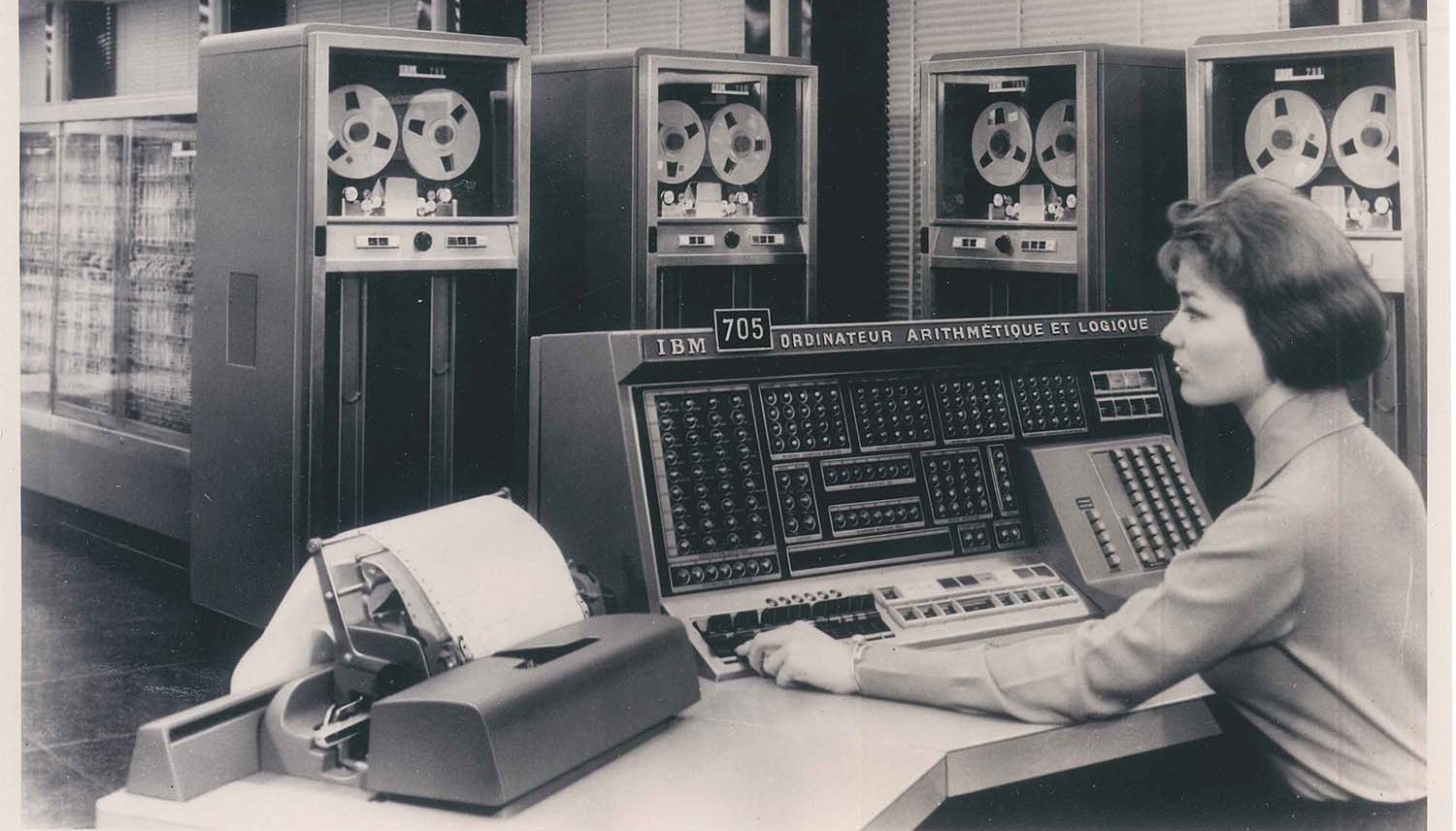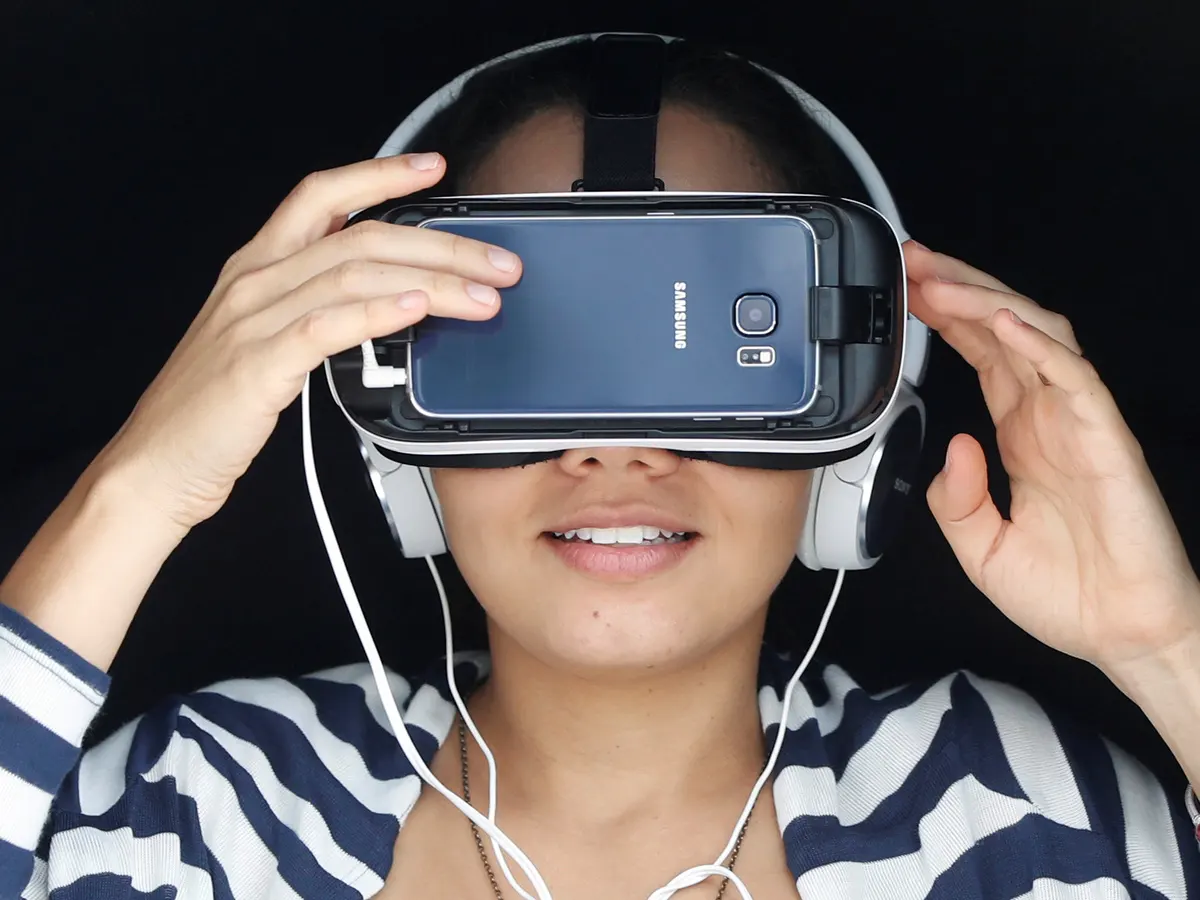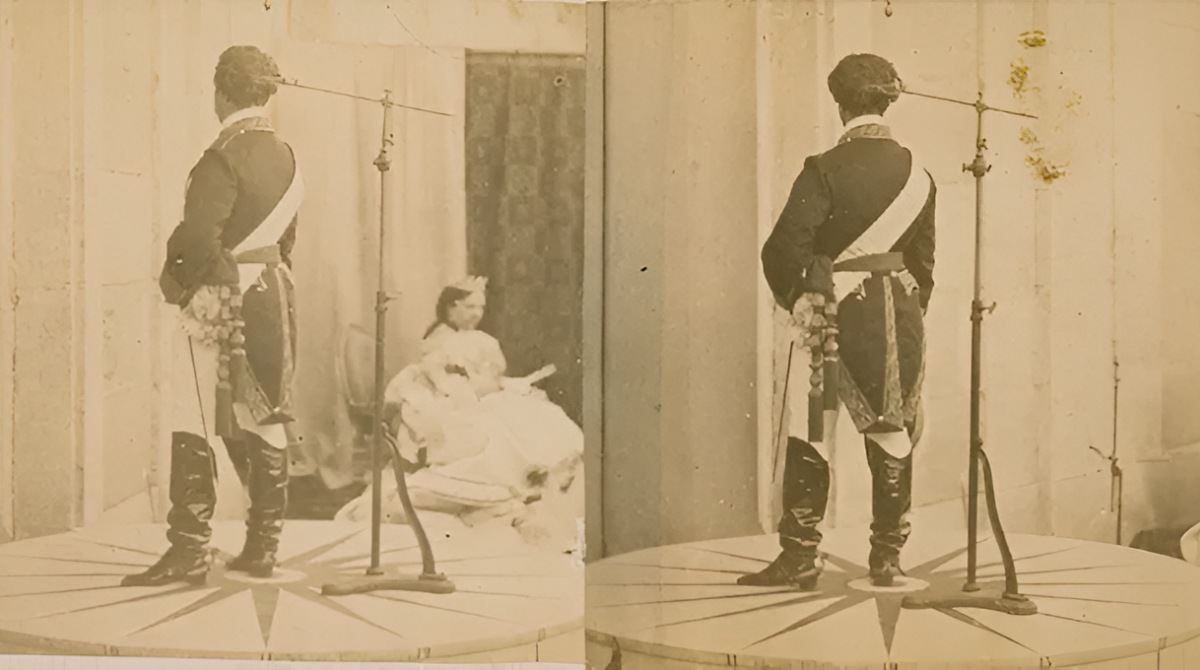Introduction
Virtual reality has become a revolutionary technology in recent years, providing users with immersive and interactive experiences. From gaming to training simulations, virtual reality has captured the imagination of people worldwide. However, this technology didn’t emerge overnight. It has a rich history that dates back several decades.
In this article, we will delve into the early days of virtual reality and explore the cost of virtual reality devices in 1980. We will uncover the state of technology during that time and discuss the factors that influenced the pricing of these devices.
The 1980s represented a time of rapid advancement in computer technology, but the concept of virtual reality was still in its infancy. With limited computing power and technological capabilities, the virtual reality devices of that era were primitive by today’s standards. However, they were groundbreaking in their own right and set the foundation for the virtual reality experiences we enjoy today.
By understanding the pricing and availability of virtual reality devices in 1980, we can appreciate the progress that has been made in the field of virtual reality. We will also explore the key factors that affected the cost of these devices and how they compare to the more accessible and affordable options available today.
History of Virtual Reality Devices
Virtual reality, as a concept, has been around for much longer than many people realize. It traces its roots back to the mid-20th century when early pioneers began exploring the idea of creating immersive experiences through technology.
One of the earliest virtual reality devices was the “Sensorama,” developed by Morton Heilig in the 1950s. This device aimed to create a multisensory experience by combining 3D visuals, stereo sound, vibrations, and even scents. Although it was never widely adopted, the Sensorama laid the groundwork for future developments in virtual reality.
In the 1960s, computer scientists and researchers started experimenting with head-mounted displays (HMDs) and creating virtual reality experiences for users. Ivan Sutherland’s “Sword of Damocles” is often considered the first true virtual reality HMD, although its immense size and weight limited its practicality.
Fast forward to the 1980s, and virtual reality began to gain more attention. Jaron Lanier, often called the “father of virtual reality,” founded VPL Research in 1984 and introduced the “DataGlove” and “EyePhone.” These devices allowed users to interact with virtual environments using hand movements and head tracking.
Another significant development came in 1989 when Sega released the Sega VR headset for use with its popular gaming console, the Sega Genesis. While the headset had limited success and was discontinued shortly after its release, it sparked interest in virtual reality gaming.
Throughout the 1990s, virtual reality continued to evolve, but technical limitations and high costs hindered its mainstream adoption. It wasn’t until the early 2000s that virtual reality started to reemerge, with companies like Oculus VR, HTC, and Sony investing in research and development to create more affordable and accessible virtual reality devices.
Today, virtual reality is no longer limited to specialized research facilities or niche markets. It has become a part of the mainstream entertainment industry, with virtual reality headsets like the Oculus Rift, HTC Vive, and PlayStation VR offering immersive gaming experiences. Additionally, virtual reality is being utilized in various fields such as healthcare, education, and training simulations.
The journey of virtual reality devices from their humble beginnings to the sophisticated technology we have today is a testament to the human desire to create immersive experiences and push the boundaries of what is possible in the digital world.
The State of Technology in 1980
In order to understand the cost and availability of virtual reality devices in 1980, it is important to paint a picture of the technological landscape of that time. The year 1980 marked a significant milestone in the advancement of technology, although it was still a far cry from the sophisticated devices we have today.
During the 1980s, personal computers were just beginning to gain popularity. Companies like IBM and Apple were introducing affordable and accessible computers to the market, sparking a wave of interest in home computing.
However, the computing power and capabilities of these early systems were quite limited compared to what we have today. Most computers in 1980 were based on the 8-bit architecture, with processors clocked at just a few megahertz. Memory capacities were measured in kilobytes or, at best, a few megabytes.
The graphics capabilities of computers in 1980 were also minimal by today’s standards. Most systems had monochrome or limited color displays, with low resolutions that would pale in comparison to even the most basic smartphone screen today.
In terms of storage, floppy disks were the primary means of data storage. These disks had a capacity of just a few hundred kilobytes or, in some cases, a few megabytes. Hard drives were available but were large in size and had limited storage capacity.
Networking technology was still in its infancy in 1980. The concept of a worldwide web or internet as we know it today was still years away. Networking was primarily done through local area networks (LANs) or dial-up connections, which were slow and unreliable by modern standards.
In terms of input devices, keyboards and mice were the primary means of interacting with computers. Touch screens and advanced input devices were not yet widely available.
It is important to note that these technological limitations had a direct impact on the development and availability of virtual reality devices in 1980. The limited computing power and graphics capabilities made it challenging to create immersive and realistic virtual reality experiences.
Despite these limitations, innovators in the field of virtual reality were able to push the boundaries of what was possible at the time. They laid the groundwork for future advancements and set the stage for the virtual reality devices that we enjoy today.
The First Virtual Reality Devices
The concept of virtual reality may seem like a modern invention, but the roots of this technology can be traced back to the latter half of the 20th century. The first virtual reality devices were rudimentary by today’s standards, but they paved the way for the immersive experiences we enjoy today.
One of the earliest examples of a virtual reality device was the “Sensorama” developed by Morton Heilig in the 1950s. The Sensorama was a large cabinet-like structure that allowed users to experience a multisensory virtual reality environment. It featured 3D visuals, stereo sound, vibrations, and even scents to create an immersive experience. While the Sensorama was never widely adopted, it laid the foundation for the future development of virtual reality.
In the 1960s, researchers and scientists began experimenting with head-mounted displays (HMDs) to create virtual reality experiences. Ivan Sutherland’s “Sword of Damocles,” developed in 1968, is considered one of the first true HMDs. It was an enormous contraption that suspended a heavy display in front of the user’s eyes and relied on computers situated in a separate room to generate the virtual environment. Though not practical for everyday use, it was a significant step forward in the field.
Fast forward to the 1980s, and Jaron Lanier, a computer scientist, founded VPL Research in 1984. At VPL, Lanier and his team introduced several groundbreaking virtual reality devices, including the DataGlove and the EyePhone. The DataGlove allowed users to interact with virtual environments by tracking hand movements, while the EyePhone used head-mounted cameras to track eye movements. These devices provided an early glimpse into the potential of virtual reality for interactive experiences.
Another notable development in the late 1980s was the release of the Sega VR headset, designed for use with the Sega Genesis gaming console. Released in 1989, the Sega VR offered a glimpse into virtual reality gaming. However, due to technical limitations and concerns about motion sickness, the headset was discontinued shortly after its release.
These early virtual reality devices laid the foundation for future advancements in the field. While they were quite limited in terms of graphics, computing power, and overall immersion, they sparked curiosity and paved the way for future innovations in virtual reality technology.
Pricing of Virtual Reality Devices in 1980
In the early days of virtual reality, the cost of virtual reality devices in 1980 was considerably high due to several factors. The technology was still in its nascent stages, and the limited availability and manufacturing costs contributed to the high price tags attached to these devices.
During this time, virtual reality devices were primarily used in research and specialized industries, making them niche products with a smaller target audience. As a result, the production volume for these devices was relatively low, which meant that the economies of scale couldn’t be achieved to drive prices down.
Most virtual reality devices in 1980 were custom-made or produced in limited quantities by companies specializing in this emerging technology. As a result, the manufacturing costs were high, leading to higher retail prices for consumers.
Another factor that influenced the pricing was the complexity of the technology itself. Building and integrating the required components, such as high-resolution displays, tracking sensors, and specialized software, was a time-consuming and costly process. The limited availability of these components further drove up the price of virtual reality devices.
Additionally, the state of computer technology in 1980 also contributed to the high prices of virtual reality devices. Computers required to power these devices were expensive and had limited processing power. Incorporating the necessary hardware and software to create a virtual reality experience added to the overall cost.
The high-end virtual reality devices of that time, such as the ones developed by VPL Research, were priced in the range of thousands of dollars. This effectively placed them out of reach for most consumers and restricted their use to research institutions and industries that could afford the investment.
It is important to note that the pricing of virtual reality devices in 1980 was reflective of the technology’s early stage of development and limited market demand. As technology advanced, manufacturing processes became more streamlined, and the availability of components improved, the cost of virtual reality devices started to decrease over time, paving the way for more accessible and affordable options in the future.
Factors Affecting the Cost of Virtual Reality Devices
The cost of virtual reality devices in 1980 was influenced by several key factors that impacted their affordability and accessibility. Understanding these factors helps us appreciate the progress made in the field of virtual reality and how the cost landscape has evolved over time.
1. Technological Complexity: Virtual reality devices in 1980 were intricate pieces of technology that required the integration of advanced components such as high-resolution displays, tracking sensors, and specialized software. The complexity of designing, manufacturing, and assembling these components contributed to the high cost of virtual reality devices.
2. Limited Availability: The early virtual reality devices were produced in limited quantities. This limited availability led to higher production costs per unit, which were passed down to consumers in the form of higher retail prices.
3. Research and Development Costs: Virtual reality technology was still in its early stages of development in 1980. Companies and researchers investing in the field had to allocate significant resources towards research and development, which ultimately affected the pricing of the devices.
4. Computing Power: The computing power required to drive virtual reality devices in 1980 was limited and expensive. High-end computers capable of delivering the necessary processing capabilities were costly, contributing to the overall cost of the virtual reality experience.
5. Economies of Scale: With relatively low demand and limited production volumes, virtual reality devices in 1980 failed to achieve economies of scale. Mass production and wider adoption were necessary to drive down costs, but the niche nature of the market hindered the realization of these benefits.
6. Component Costs: The components used in early virtual reality devices, such as high-resolution displays and tracking sensors, were expensive to manufacture. The limited availability of these components further drove up the cost of virtual reality devices.
It is important to note that these factors are specific to the era of virtual reality devices in 1980. As technology advanced, production processes became more streamlined, and the demand increased, the cost of virtual reality devices started to decrease over time. Today, virtual reality devices are more accessible and affordable, allowing a wider range of users to experience the immersive world of virtual reality.
Conclusion
The world of virtual reality has come a long way since its early days in 1980. At that time, virtual reality devices were limited in availability, expensive, and accessible only to a niche market. The technology was still in its infancy, with limited computing power and graphics capabilities. Despite these limitations, innovators paved the way for future advancements, creating the foundation for the immersive virtual reality experiences we enjoy today.
The cost of virtual reality devices in 1980 was driven by factors such as technological complexity, limited availability, research and development costs, computing power, economies of scale, and component costs. These factors contributed to the high price tags attached to virtual reality devices during that era.
However, as technology progressed, manufacturing processes improved, and demand increased, the cost of virtual reality devices started to decrease. Today, virtual reality has become more accessible and affordable, with a wide range of devices available to consumers. Virtual reality has found applications in various fields, including gaming, education, healthcare, and training simulations.
The journey of virtual reality from its humble beginnings to its current state demonstrates the relentless pursuit of creating immersive experiences and pushing the boundaries of what is possible in the digital realm. As technology continues to advance, we can expect virtual reality to become even more ingrained in our daily lives, opening up new possibilities and transforming the way we interact with the digital world.







